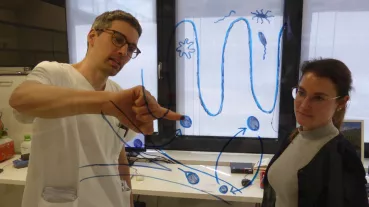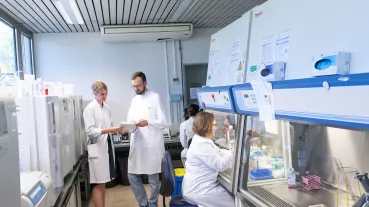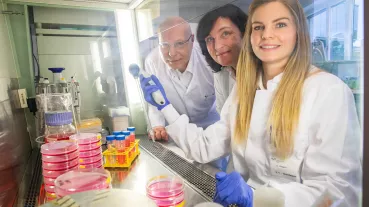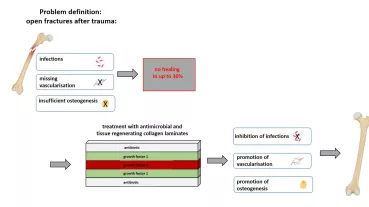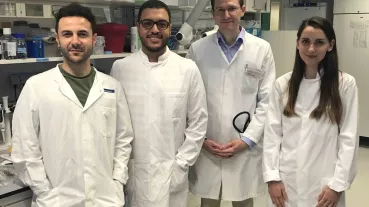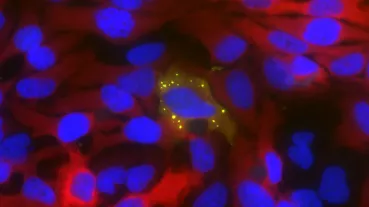Advanced engineered organotypic models of fibrosis for pathophysiological studies and for testing novel therapeutic approaches
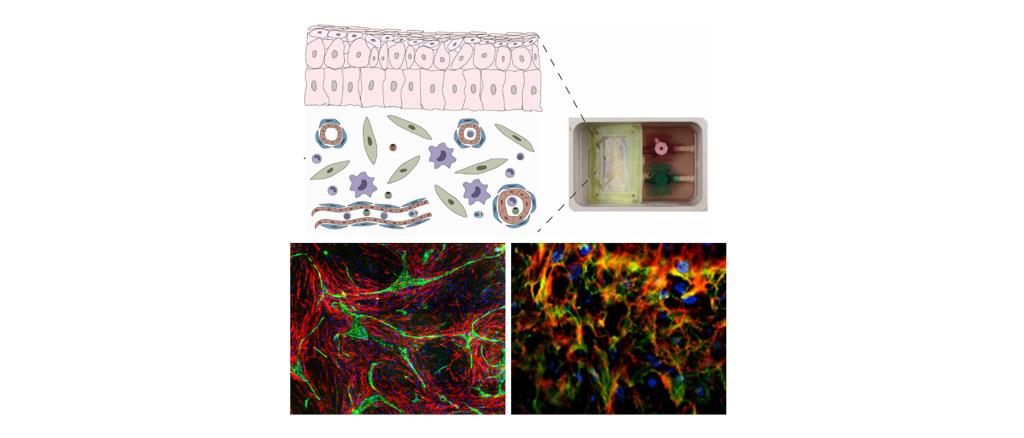
Fibrotic remodeling processes that occur for example in systemic sclerosis are a common cause of morbidity and mortality in industrialized countries. The currently used models of fibrosis for therapeutic testing are based on mice or cultured fibroblasts, and thus reproduce the development and course of fibrotic diseases only to a limited extent. In the proposed project the scientists aim to establish complementary models of fibrosis using human cells with varying complexities and throughput capacities. These models are intended to reconstruct the emergence and progression of fibrotic diseases better than conventional models, and consequently be able to provide higher predictive performance for the use of antifibrotic substances in human beings.


